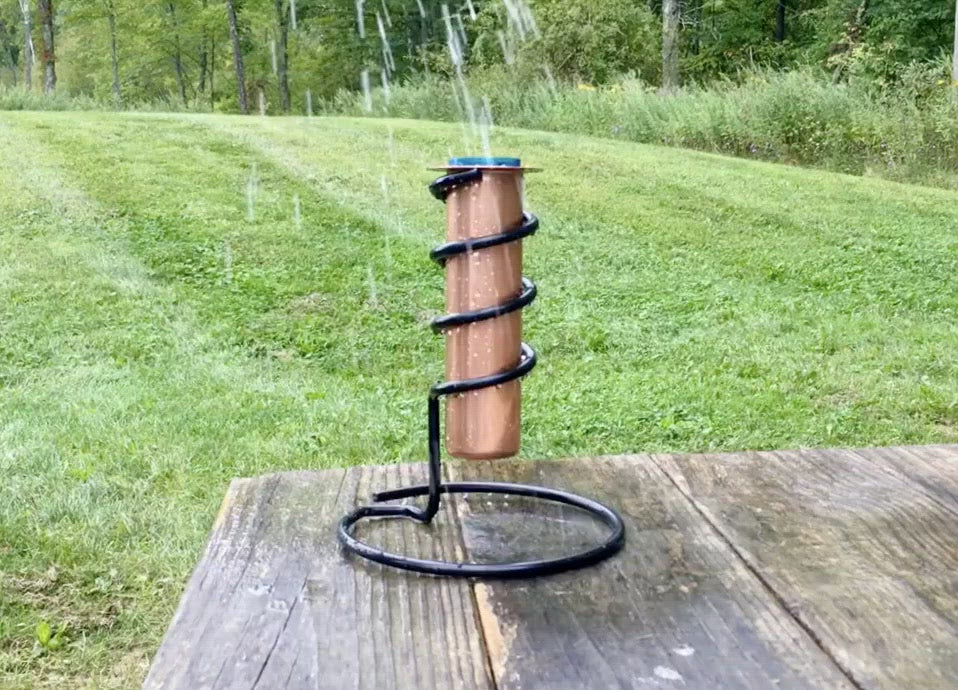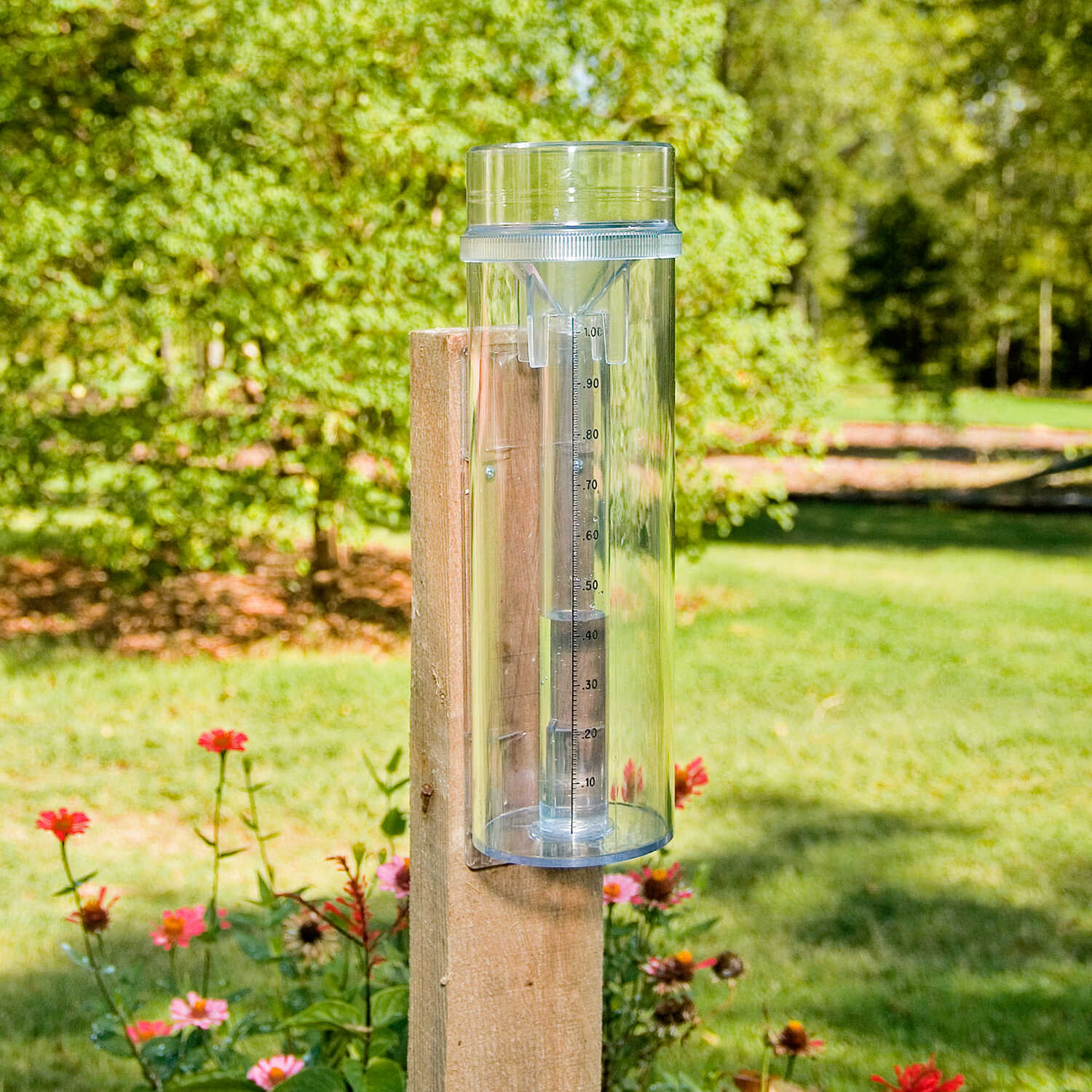How to Choose the Right Rain Gauge for Accurate Rainfall Data
Precise rainfall data is important for numerous markets and activities, such as agriculture, meteorology, and water source monitoring. To get reliable measurements, it is vital to select the best rain gauge. This overview intends to supply useful understandings into the selection process, permitting you to make enlightened choices. Thinking about aspects such as place, type, and precision of the rainfall gauge will aid make certain specific information collection. Additionally, understanding the maintenance and calibration treatments will contribute to the longevity and integrity of your rainfall gauge. By following these standards, you can make sure precise rainfall information, allowing better decision-making and preparation for numerous applications.
Value of Selecting the Right Rainfall Gauge
The value of selecting the ideal rainfall gauge exists in obtaining exact and reputable rains data for exact meteorological evaluation. Rain data is critical for a wide variety of applications, including weather condition forecasting, hydrological modeling, and climate research. Imprecise or unreliable data can bring about erroneous final thoughts and flawed decision-making procedures.

Second of all, the precision and precision of the rainfall scale are extremely important. The scale must have the ability to gauge rainfall with high precision, recording also little amounts of rainfall precisely. It ought to also decrease mistakes due to dissipation, wind, and various other environmental variables. Normal calibration and maintenance are important to guarantee ongoing precision.
In addition, the place and installment of the rain scale are vital considerations. It needs to be placed in an open area, far from obstructions that can affect rains measurements. The gauge should be positioned at an ideal height and angle to stay clear of splashing and ensure appropriate catchment of rainwater.
Aspects to Consider When Selecting a Rain Gauge
When picking a rainfall gauge, there are a number of key variables to consider. These aspects can considerably impact the precision and reliability of the rainfall information accumulated. The very first factor to think about is the sort of rainfall gauge. There are various types offered, consisting of conventional rainfall gauges, tipping bucket rain assesses, and considering rain evaluates. Each type has its very own benefits and drawbacks, so it is very important to select one that best matches your specific needs and needs.
One more aspect to think about is the product of the rain gauge. Rain gauges can be made of various materials, such as glass, plastic, or steel. The product picked should be long lasting and resistant to weather conditions, making certain that the rainfall scale will certainly hold up against the aspects and supply precise dimensions gradually.
Accuracy is also a vital aspect to think about. Search for rain determines that have actually been adjusted and evaluated for accuracy. Attributes such as anti-splash rings and funnels can additionally enhance the accuracy of the dimensions.

Finally, take into consideration the climate and environment in which the rain scale will be made use of. Different rain gauges appropriate for various climates, so it is vital to choose one that is proper for the problems in your area.
Various Sorts Of Rainfall Gauges Offered
To better explore the aspects to consider when selecting a rainfall scale, it is very important to comprehend the various types of rain determines available. There are a number of kinds of rain assesses, each with its own benefits and downsides. The most typical kind is the conventional rainfall gauge, additionally called the cylindrical rainfall gauge. This kind includes a straight-sided cylindrical container with a funnel-shaped top. It is simple to utilize and gives precise measurements of rains.
Another kind of rain scale is the tipping container rain scale. As the rain drops into the scale, it fills up one side of the bucket, creating it to clear the water and tip.
A third kind of rain gauge is the considering rain gauge. As the rainfall falls into the scale, it is collected in a container linked to an equilibrium.
Lastly, there are additionally remote rain assesses that usage advanced innovation to gauge rainfall (The Rain Gauge). These determines use sensing units and transmitters to send out data wirelessly to a central system. Remote rainfall gauges are practical for monitoring rainfall in hard-to-reach locations or for large information collection
How to Figure out the Precision of a Rain Gauge
One method to examine the precision of a rainfall gauge is by conducting routine calibration dimensions. Calibration entails contrasting the readings of a rain gauge to a typical measurement, such as a certified rain gauge or a weather station with high accuracy. By contrasting the dimensions, any kind of disparities or inaccuracies in the rain gauge can be identified and made up.
To carry out a calibration measurement, begin by gathering rains information from both the rain gauge and the typical dimension tool over a specific amount of time, such as a month. Then, contrast the analyses and compute the distinction in between them. This difference is referred to as the calibration error.
It is very important to keep in mind that calibration dimensions ought to be carried out frequently, as environmental factors, such as temperature, particles, and wind, can impact the accuracy of the rainfall gauge over time. By performing routine calibrations, any adjustments in the precision of the rain scale can be discovered and adjustments can be made as necessary.
In enhancement to calibration, it is also advised to clean and keep the rain gauge Discover More consistently to ensure its precision. Eliminate any kind of debris or blockages that may influence the accuracy of the dimensions, and inspect for any kind of indications of damages or wear that might require repair services or replacement.
Tips for Preserving and Adjusting Your Rain Scale
Regular upkeep and calibration are crucial for making certain the accuracy and integrity of your rain gauge in gauging rainfall data (The Rain Gauge). By adhering to a few easy pointers, you can guarantee that your rainfall scale is correctly preserved and adjusted
Firstly, it is very important to clean your rain gauge consistently to stop any kind of particles or dirt from obstructing the rain collection system. Use a soft brush and a mild detergent to gently clean up the inside and beyond the gauge. Wash it thoroughly with clean water and enable it to completely dry completely before reinstalling it.
Secondly, it is advised to adjust your rain gauge at the very least annually. Calibration entails contrasting the dimensions of your rainfall gauge with those of a trusted and accurate reference gauge. This will help you click site identify and fix any type of prospective errors in your rain gauge's measurements.
To calibrate your rain gauge, collect a known quantity of water making use of a measuring container and compare it with the measurements recorded by your rainfall scale. Readjust the analyses appropriately to make sure precision.

Verdict
Finally, choosing the right rainfall gauge is essential for obtaining accurate rains data. Variables such as objective, budget plan, and area should be taken into consideration when choosing a rainfall gauge. There are different sorts of rain assesses readily available, each with their own advantages and constraints. It is very important to regularly preserve and adjust your rainfall gauge to ensure its accuracy. By adhering to these standards, accurate rainfall information can i loved this be gotten for various applications.
There are various kinds readily available, consisting of typical rainfall gauges, tipping bucket rain evaluates, and evaluating rain evaluates.To additionally discover the variables to think about when selecting a rainfall gauge, it is essential to comprehend the different types of rain gauges available. The most common type is the basic rain gauge, likewise understood as the round rainfall gauge.Another type of rainfall scale is the tipping pail rain gauge. Calibration involves contrasting the analyses of a rain scale to a standard dimension, such as a qualified rain gauge or a weather station with high precision.